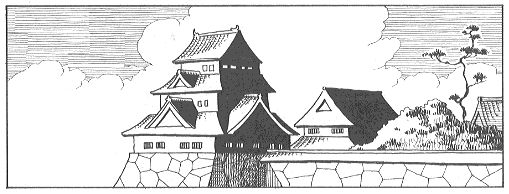Elements of the Personal Essay

- Conversational in tone: It tends to use more casual language and almost takes the reader into the author's confidence.
- Self-revelatory: The author makes an attempt, however unsuccessful, at psychological honesty. The personal essay lends itself to vulnerability and the removal of illusions.
- "The Contractions and Expansions of the Self." The personal essayist tends to cycle between self-deflation, which paradoxically leads to an internal stress on the author's complex personality. As such, the author is subject to egotism, especially in letting her voice dominate the subject matter.
- Often Confrontational: The essayist wants to defy the majority opinion. Perhaps he is irreverent or ironic.
- "The Idler Figure." Authors tend to picture themselves as retired from the world or on the edges of the literary market.
- A Fascination with Perception and Detail: The author tends to spend lovingly time and care on descriptions of matters often overlooked.
- The Melancholy of Unrealized Dreams: The author reaches a realization that one must make due with who one is.
- Digressive: free association in form; experimental in its attempts. And the subject tends to be tentative in its conclusions.
- Carefully Focused Prose: The author knows how to "narrow in on an emotional target" and how to flesh out her ideas with literary language, such as metaphor, simile, imagery, and allusion.
- A Display of Learning: It often to give a sense of the author's education, culture, or intelligence. The quotation has often been a form of this kind of display, especially pre-20th century.
adapted from Phillip Lopate's introduction to The Art of the Personal Essay.
NY Doubleday, 1995..
